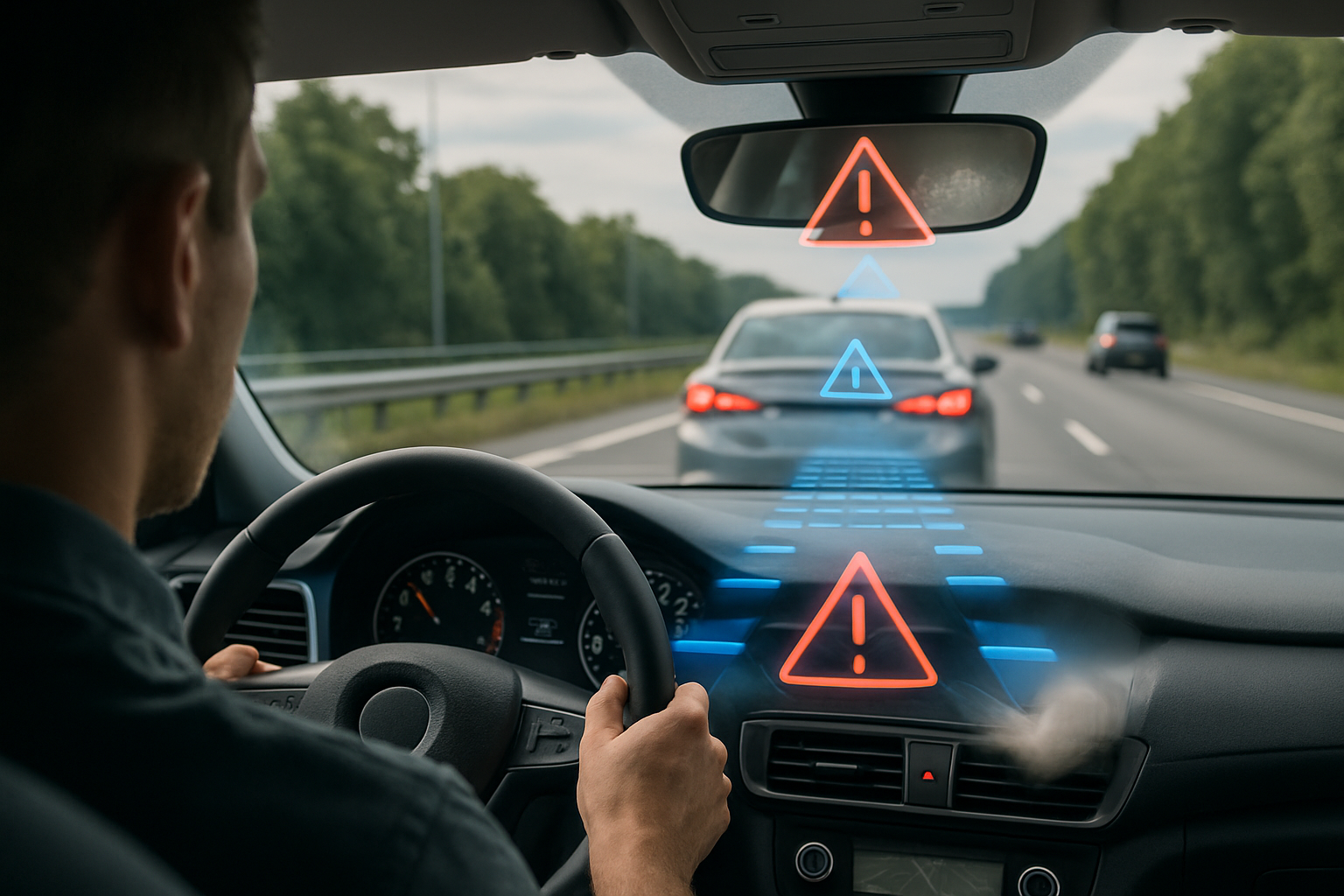Advanced Car Safety Systems: Beyond Seatbelts and Airbags
The automobile industry has made significant strides in safety technology since the invention of the seatbelt and the airbag. Modern vehicles are equipped with a plethora of advanced safety systems that are designed to prevent accidents and protect occupants. This article will delve into the intricacies of this technology, its impact on the industry, its benefits, and the challenges it presents.

Historical Context and Key Technological Developments
The journey of automotive safety systems began with the invention of the seatbelt in the early 19th century. As cars became faster and more common, the need for additional safety measures became apparent. This led to the development of safety glass for windshields in 1919, followed by the introduction of hydraulic brakes in the 1920s and the seat belt in the 1950s.
The 1970s marked a shift in safety technology as airbags were introduced. This development was a game-changer, as it provided a second line of defense in the event of an accident. However, the focus of safety technology was predominantly reactive, intervening only at the moment of impact.
The 21st century has seen the introduction of proactive safety technologies that actively work to prevent accidents. These include features such as Electronic Stability Control (ESC), Anti-lock Braking Systems (ABS), and Advanced Driver-Assistance Systems (ADAS).
Current Industry Trends and Insights
Automotive safety technology has been revolutionized by the advent of sensors and artificial intelligence. Current industry trends focus on predictive safety systems that can anticipate and mitigate potential accidents. These include Forward Collision Warning (FCW), Automatic Emergency Braking (AEB), and Lane Departure Warning (LDW) systems.
These systems use radar and camera sensors to detect potential hazards and either alert the driver or take corrective action. For example, AEB systems can apply the brakes if they detect an imminent collision, potentially preventing an accident or reducing its severity.
Impact, Benefits, and Challenges
The impact of these advanced safety systems cannot be overstated. They have the potential to drastically reduce the number of road accidents and fatalities. Moreover, they could also have a significant impact on insurance premiums, as safer cars could lead to fewer claims.
However, these benefits come with their own set of challenges. Implementing these advanced systems is expensive, which could potentially raise the cost of vehicles. Additionally, the reliance on sensors and AI introduces the risk of system failure or hacking. This could potentially lead to accidents if the systems are compromised.
Conclusion
The evolution of automotive safety systems has been nothing short of revolutionary. From seatbelts and airbags to predictive safety systems, the focus has shifted from mitigating the impact of accidents to preventing them altogether. While these new systems present their own set of challenges, there is no denying their potential to make our roads safer. As the automotive industry continues to evolve, one can only anticipate the innovative safety technologies that the future holds.




